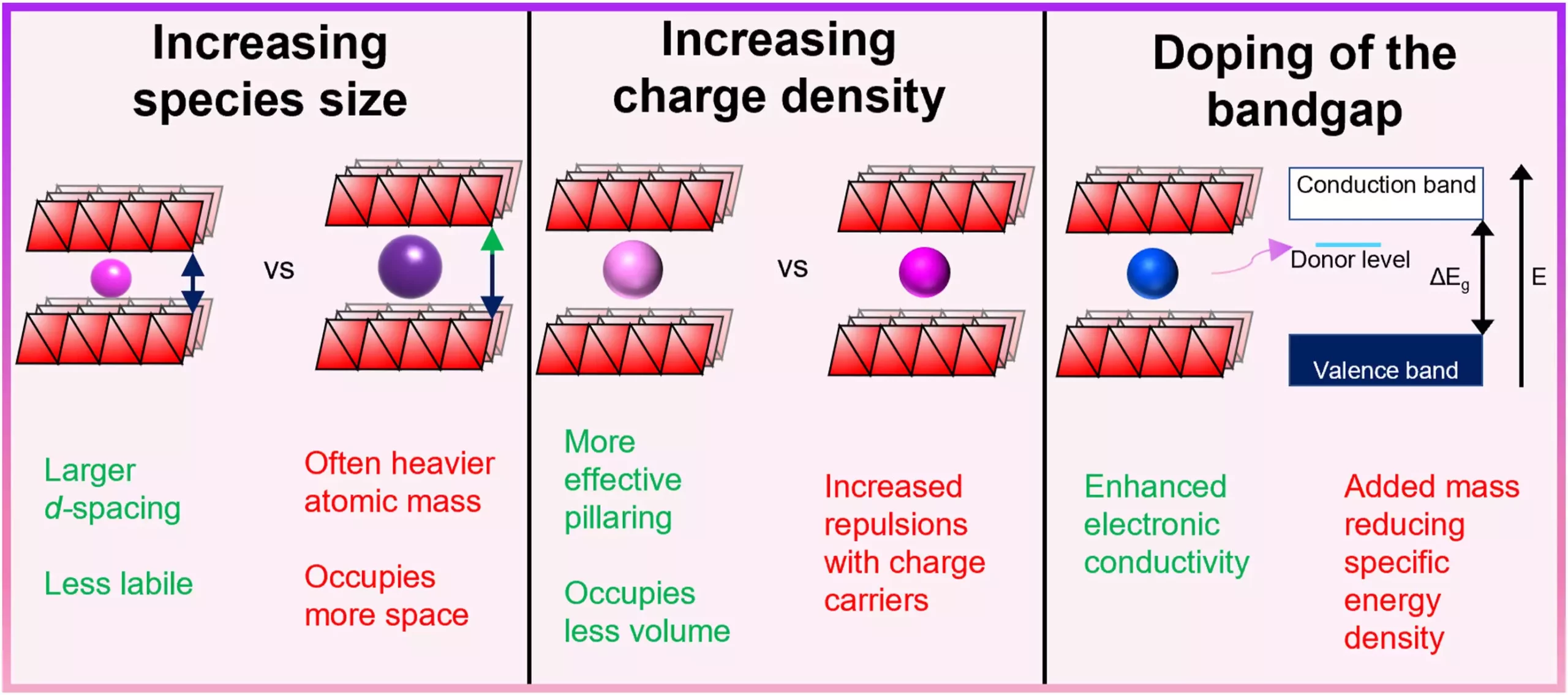The worldwide transition towards sustainable energy sources has heightened the demand for efficient energy storage solutions. As society steps away from fossil fuels, technologies that can effectively store renewable energy have become paramount. However, traditional lithium-ion batteries face significant challenges due to their reliance on lithium, an increasingly scarce and expensive resource. This has prompted researchers to explore alternatives, such as sodium, potassium, magnesium, and zinc-ion batteries. These emerging technologies offer potential benefits but also encounter issues related to capacity, charge-discharge rates, and overall stability.
To combat the inherent limitations of these alternative battery technologies, innovative strategies are being developed. Among these, carrier pre-intercalation has gained significant attention as a means to enhance the electrochemical performance of electrode materials. Researchers from University College London have published notable findings in eScience, detailing how pre-intercalation can optimize the characteristics of electrodes, making them more suitable for next-generation batteries.
Carrier pre-intercalation, which involves the intentional introduction of certain ions into the electrode framework, has the potential to expand interlayer spacing and facilitate improved ion diffusion, alongside increasing electrical conductivity. Such enhancements could lead to notable improvements in the performance metrics of sodium, potassium, magnesium, and zinc-ion batteries.
The UCL study provides a thorough examination of both chemical and electrochemical pre-intercalation techniques. These methods allow beneficial ions to be embedded into the structure of electrodes prior to their usage in batteries. The benefits of this approach go beyond mere performance enhancements; by optimizing the stability and lifespan of alternative batteries, this research holds the promise of reshaping the future landscape of energy storage. Dr. Yang Xu, part of the research team, emphasized the significance of these advances, stating that they both mitigate the limitations imposed by non-lithium batteries and contribute to sustainability by reducing the global dependency on lithium.
The implications of this research extend far beyond laboratory findings. By validating the potential of carrier pre-intercalation methods, the study reinforces the feasibility of sodium, potassium, magnesium, and zinc-ion batteries for widespread adoption. This could lead to substantial changes in energy policies and market dynamics, particularly in sectors such as electric vehicle production and grid storage solutions. As these batteries become more reliable and efficient, they are likely to play a critical role in the transition to sustainable energy systems.
The Path Ahead
As the research community continues to explore innovative techniques like carrier pre-intercalation, the future of energy storage appears to be on the verge of a transformation. The ability to enhance the performance of non-lithium batteries could not only diminish reliance on dwindling lithium resources but also foster the development of new energy paradigms. In a world increasingly committed to sustainability, the days ahead promise exciting opportunities for diverse and greener energy storage solutions.


Leave a Reply